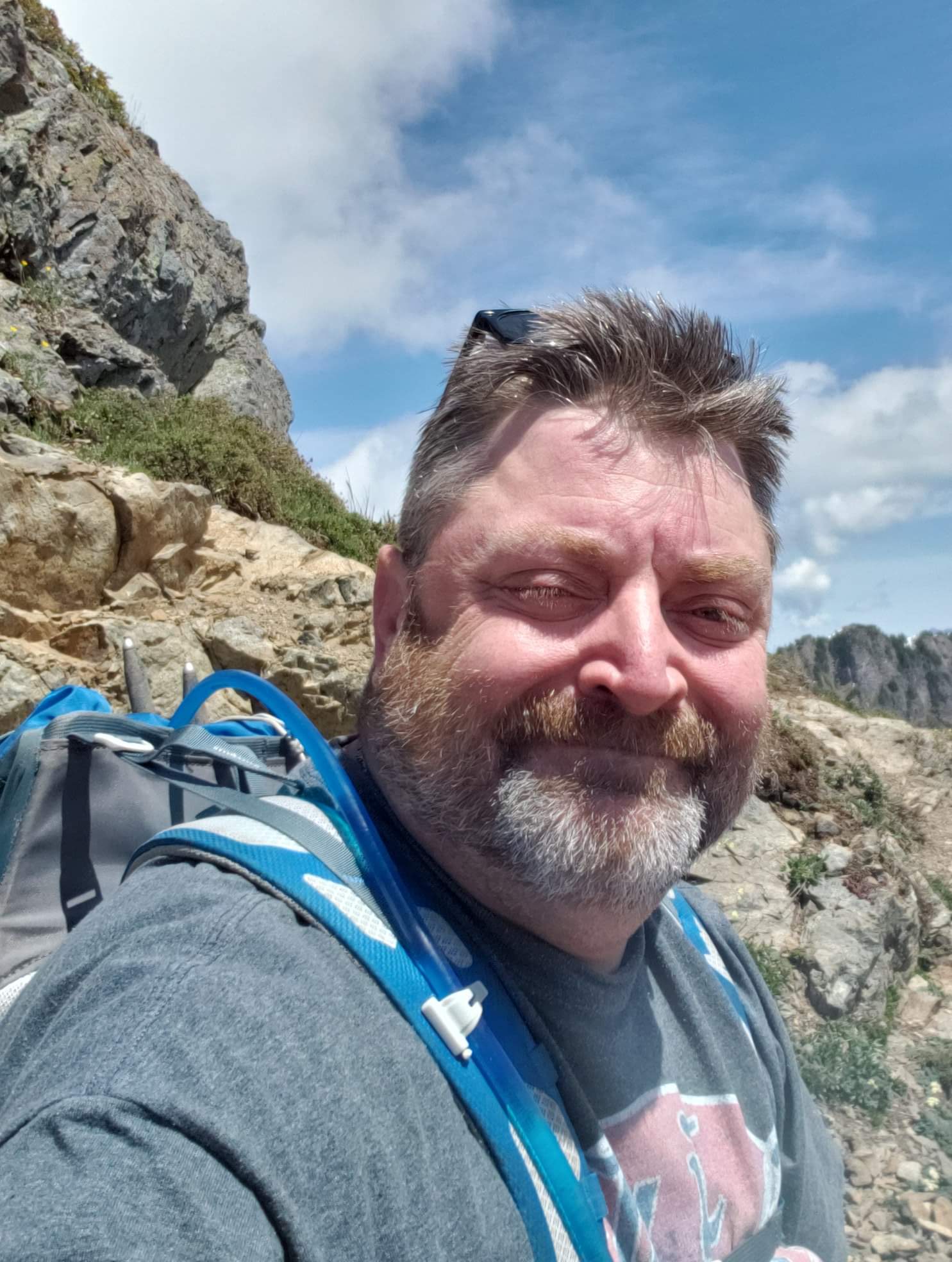2020 #23 - North Fork Sauk Trail #649
- Ttirrem

- May 31, 2020
- 3 min read


With trail washouts, this trail has become the primary access point for climbers ascending Glacier Peak, one of Washington State's five major Stratovolcanoes.
During the winter of 2019-2020, I gave thought to what my major hiking goals would be for the 2020 Summer season. Being "off the beaten path" and less known, I decided upon the Glacier Peak Wilderness area as my designated exploration zone. With the 2020 global pandemic, and our attempts to control it, national and state lands were basically closed to hiking in the spring, and I had resigned myself to a year of exploring my local city and county parks and trail systems instead. On May 22nd, many of our trails again opened to hikers eager to explore the natural beauty that our state provides. My plan for hiking the Glacier Peak Wilderness became a possibility once again.
On May 26, 2020 I hiked the North Fork Sauk Trail as an exploratory trip. My destination goal was Mackinaw Shelter. This hike was noted as being 11 miles in length, out and back, with 1000 feet of elevation gain. I had previously done a portion of this trail in December 2019, but snow on the trail turned me back.
National Forest Development Road 49, off the Mountain Loop Highway, is the location of the trailhead. Immediately upon turning onto the road, a sign proclaimed that the road was closed, a half mile ahead. Having driven a decent amount of time for this hike, I decided to see for myself the condition of the road, instead of simply turning around. There was the remnants of downed trees, rocks, and debris across the road, but I was able to slowly drive past the blockage, with very little clearance on either side of my truck, and a soft shoulder on the right. Once clear of the obstacle, the remainder of the road was simply typical forest road potholes.
I reached the empty trailhead shortly after 7:30am. The parking area is of good size, and has a pit toilet. No other vehicles were present. A sign just past the trailhead kiosk noted that bears had been sighted recently on this trail, and to be aware. (Sadly, I did not see any)
Immediately upon entering the forest, old-growth trees came into view, and most of the trail meandered through them - massive Cedar and Douglas Fir.
About three-quarters of a mile in, a large old-growth tree had fallen across the trail. It was still possible to access the trail by detouring up and through the fallen giant's root system. There were several other downed trees as I continued on the trail, but they were much smaller and of little difficulty.

Wildflowers and spring plant growth lined both sides of the trail, the entire length, and were particularly noticeable at the various avalanche chute clearings, where the sunlight was able to reach the forest floor.

There was one unnamed creek to cross, and the water flow was enough that my feet got wet. On a longer hike, I would have taken them off or put water shoes on. In addition, the rocks that were tempting to use as stepping stones were very unstable and would have resulted in a fall had they been relied on without care.
There were several areas of wet trail, as snow melt on the valley slopes drained down the avalanche chutes and into the North Fork Sauk.

The river, despite giving name to this trail, was mostly out of view. There were a few glimpses along the way, but for the most part, listening to the river as it flowed downstream was the only reminder that it was there.
There was a beautiful bridge crossing Red Creek, about four miles into the trail. Immediately upon crossing Red Creek, the back-country campsite came into view. The area was heavily wooded, but the undergrowth was clear, and there were many spots for tents to be set up. A backwoods toilet was also available.

Continuing onward, I reached my destination at about 5.5 miles - Mackinaw Shelter. This is second established backpacker's campground, also containing a toilet and many spots for backpackers to set up camp. Water was available from the North Fork Sauk River.

The campground gets it's name from Mackinaw Shelter - a cabin or lean-to that existed for many years. A time went on, the shelter slowly deteriorated, and it collapsed completely in May 2018. I am attempting to find out the history of the shelter. One person I have interacted with believes that it was built in the 1930's by the CCC.


I enjoyed my lunch near the banks of the river before returning to the trailhead. My next exploratory hike is planned to be the Suiattle River Trail #784, which is the northern access point to the area.




Comments